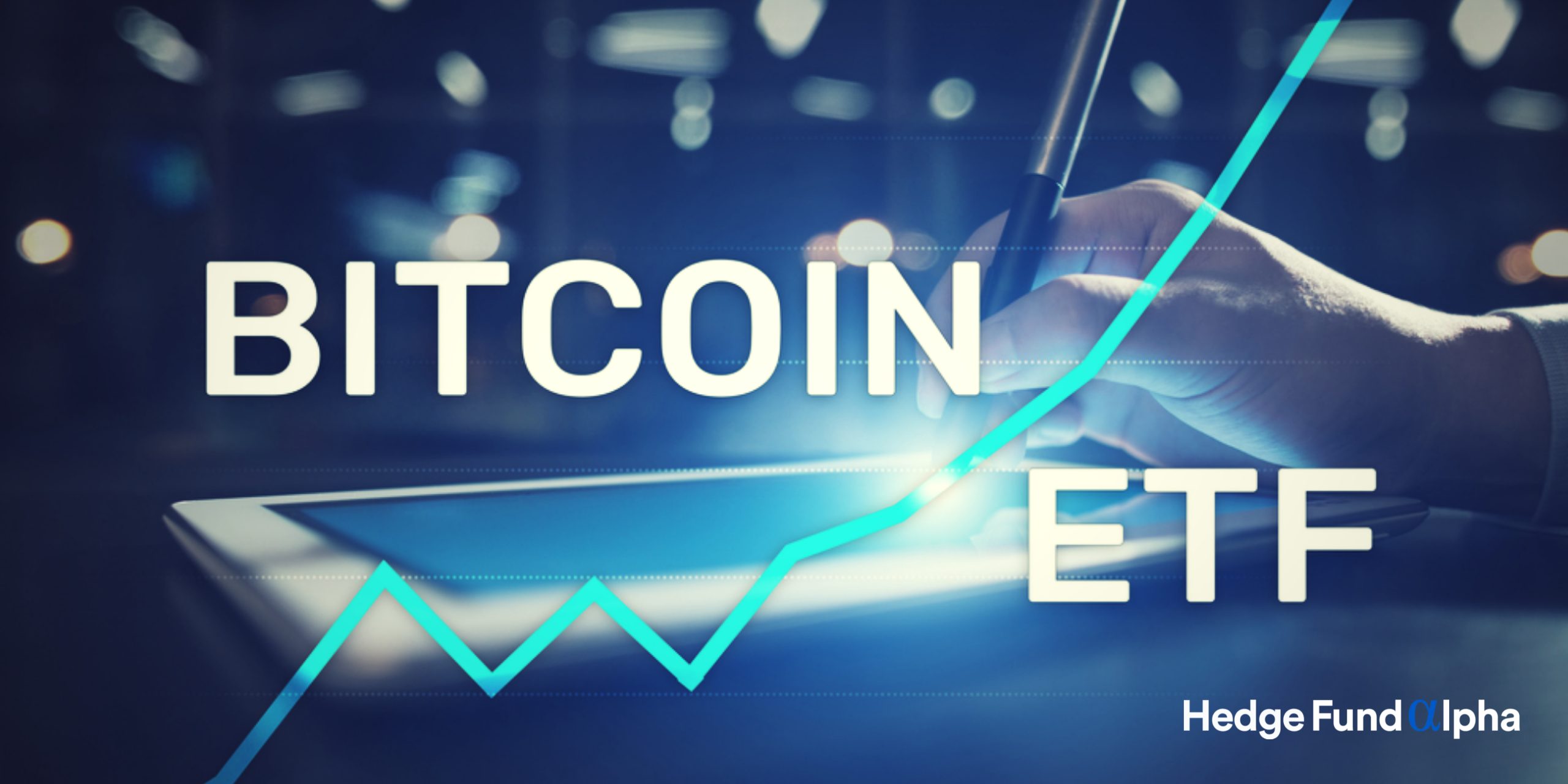Hector McNeil’s, Co-Founder and Co-CEO of HANetf, commentary on the spot price Bitcoin ETF approval by the SEC:
The much-anticipated approval of a spot price Bitcoin ETF by the US Securities and Exchange Commission is without a doubt one of the major landmark moments since the birth of Bitcoin. As we saw in the run up to the approval, investor excitement about the approval helped push Bitcoin out of its 2022-induced slump, with the price of a coin once more reaching $47,000.
At the same time, digital asset ETPs available in Europe saw dramatic inflows in 2023. In total, the entire range of cryptocurrency ETCs from ETC Group saw $426million in inflows over the course of the year. Among those, ETC Group Physical Bitcoin (BTCE) saw an AUM increase of 351.12% and ETC Group Physical Ethereum (ZETH) 86.6% in 2023.
The then-still-anticipated approval by the SEC helped boost the price of Bitcoin for several reasons. The first was the expectation that ETFs will unlock a new wave of investor demand. Many US investors have been reluctant to use typical cryptocurrency trading venues, given some of high-profile scandals in the space. A spot price Bitcoin ETF gives a potentially huge number of US investors with a way to access Bitcoin now directly. The creation of Bitcoin ETCs in Europe, such as BTCE, directed several billions of dollars among European investors. A US Bitcoin ETF has the ability to gather even more investor money looking for spot price exposure to Bitcoin, consider the bigger pool of money among both professional and retail investors in the US compared to Europe.
We can consider the SEC approval in a similar vein to the creation of gold ETCs in the early 2000s, which both myself and HANetf co-founder Nik Bienkowski had close involvement with. If you read investment literature from before the creation of the first gold ETC, you will see gold often touted as an asset class to consider, adding diversification to a portfolio. But how to gain exposure was always an issue. Investors could opt for exposure to gold miners, but that brought potential equity risk. Or, investors could opt for physical bullion, bringing with it custody risk. Storing gold bars in your garage is not ideal. But, with the creation of the first gold ETC, investors finally had an easy way to invest directly in gold. It is similar for US investors with Bitcoin. Investors have had the option of a futures-based ETF, approved in 2021 – but that added performance drag through roll yield. Or they could use some of the online cryptocurrency trading venues to directly buy bitcoin, with the introduction of a digital-based custody risk. But with the SEC approval, a spot price ETF has become an option.
But beyond simply unlocking new money for Bitcoin, SEC approval adds a new layer of acceptability to the currency. It is interesting to consider that it was the filing from BlackRock for a Bitcoin ETF that saw optimism around the prospect really pick up. That was because BlackRock is seen as the most mainstream of mainstream asset managers. By filing for a Bitcoin ETF, it showed showed that cryptocurrencies themselves are increasingly being considered a mainstream asset class.
Of course, the issue remains for UK investors. For several years, investors in Europe have been able to invest in Bitcoin thought ETCs such as BTCE, listed on several European stock exchanges. Now US investors can invest in Bitcoin through an ETF, following the SEC ruling. But the UK’s regulator still blocks UK investor access.
There are, however, proxy ways to gain exposure to Bitcoin. For example, the ETC Group Digital Assets and Blockchain Equity UCITS ETF (KOIN) offers exposure to companies within the crypto and blockchain ecosystem, whose fortunes are intricately tied to the performance of Bitcoin itself. A key indicator of KOIN’s alignment with Bitcoin is its correlation. In December 2023, KOIN exhibited a correlation of around 0.7 with Bitcoin, highlighting its potential as a proxy for the digital gold. This means that as Bitcoin prices move, so do the fortunes of KOIN, providing investors with a strategic avenue to participate in the crypto market.
Another option is the Grayscale Future of Finance UCITS ETF (GFOF), which aims to provide exposure to the companies that are, and could be, building the future of finance and digital payment systems. This encompasses everything from payment platforms, to exchanges, to miners, to asset management, and blockchain technology.
GFOF could be well placed to capture growth in the digital assets space, driven by the potential approval of a US Bitcoin ETF. As digital assets move increasingly into the mainstream, the infrastructure for transactions and asset management will need to expand.

